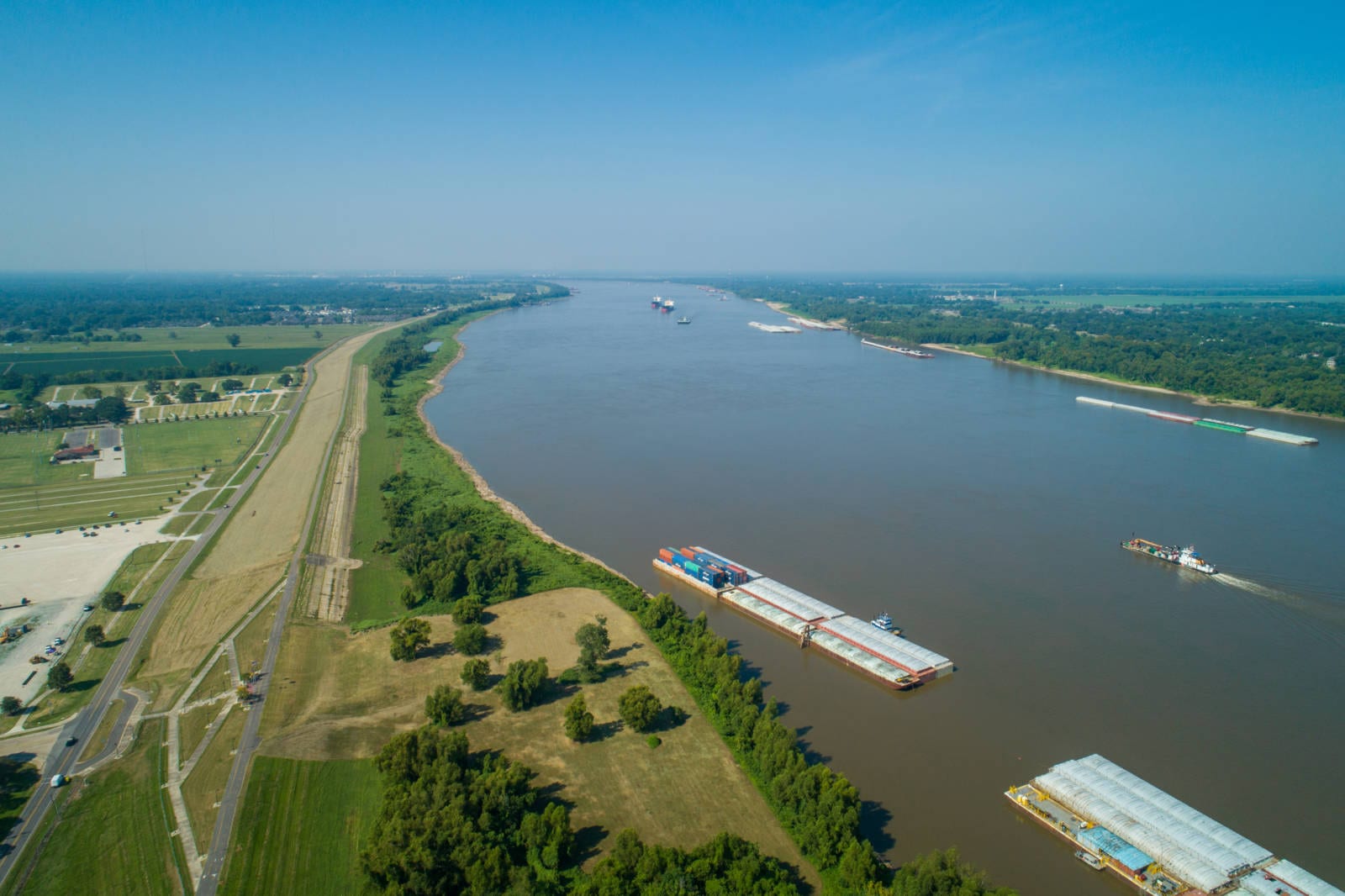As previously reported, Argentina’s Parana River is dealing with water conditions at 50-year lows. To add insult to injury, a bank collapse obstructed the navigation channel, exporters told Reuters. According to Reuters, “Dredgers are working in the Parana to the south of the Rosario complex to try to restore the necessary depth of water for export traffic, but at present have no estimate of when normal operations on the grain’s superhighway can resume.” About 80% of the country’s agricultural exports are shipped from Rosario’s 32 terminals.
Argentina is currently harvesting corn and soybeans and relies on some exports to create storage space. Loading vessels lighter requires more vessels to load the same quantity, which leads to a backlog of shipments. Global buyers will have to fill in for the reduced volume by turning to the U.S. or Brazil. Brazil’s currency devaluations have soybean and gain exports in full swing. On the other hand, the U.S. has plenty of available export capacity until mid-September to ship a few extra vessels. U.S. soybean harvest starts to fill export supply chains in late August and reaches full steam in mid-September as shown below. Although the extra export volume is limited, the increase in sales is welcome, especially this time of year.

